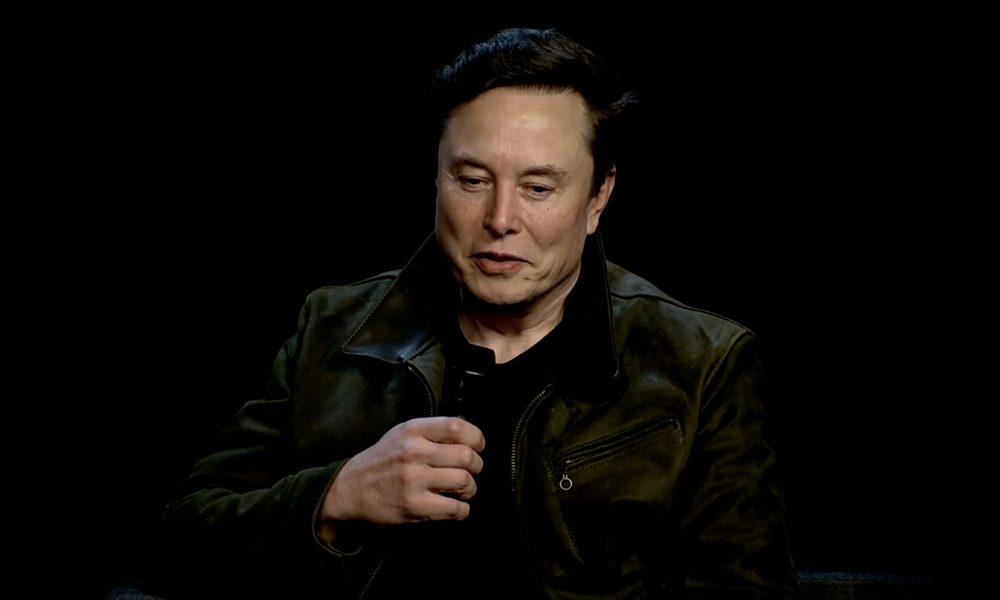Are we in an AI bubble? Federal Reserve Chair Jerome Powell is not convinced.
“This is different,” Powell told reporters on Wednesday when asked about applying any lessons from the 1990s dot-com crash to today’s AI boom.
“If you go back to the ’90s and the dot-com [era], these were ideas rather than companies,” he added. “So, there’s a clear bubble there. Whereas—I won’t go into particular [tech company] names—but [today’s top performers] actually have earnings, and it looks like they have business models and profits. So it’s really a different thing.”
In other words, Powell believes businesses like Amazon, which reported $18 billion in profit last quarter, have ongoing revenue streams to keep the companies afloat, even if their AI ambitions don’t pan out.
An economic bubble is the “rapid escalation in asset prices, often due to speculative behavior, followed by a sharp contraction,” according to Investopedia. They’re hard to identify in real-time, but lead to “significant economic consequences” once they burst. The dot-com bubble of the late 1990s is one of the most notable examples, along with the Japanese economic contraction in the 1980s, and the Dutch “Tulip Mania” of the 1630s.
Today, it’s not speculative tulip investments that would bring down the economy, but data centers. The sums of money tech companies are pouring into them are astronomical, suggesting a high level of confidence that has sent stocks soaring. Nvidia just hit the $5 trillion valuation mark.
Earlier this year, OpenAI, Oracle, and Softbank pledged to invest $500 billion in AI data centers over the next four years via their Stargate project. Yesterday, Amazon opened an $11 billion data center in Indiana, while Google, Microsoft, Meta, and others have similar plans.
Data centers require a small number of employees, but building them generates temporary business for suppliers and construction companies. “The investment we’re getting into equipment and all the things that go into creating data centers and feeding AI, it’s clearly one of the big sources of growth in the economy,” Powell said this week.
He admitted he couldn’t say if the data center investments “will work out,” but does not think they will affect interest rates either way, which is his primary concern. (On Wednesday, the Federal Reserve lowered interest rates by a quarter point.)

Get Our Best Stories!
Your Daily Dose of Our Top Tech News

By clicking Sign Me Up, you confirm you are 16+ and agree to our Terms of Use and Privacy Policy.
Thanks for signing up!
Your subscription has been confirmed. Keep an eye on your inbox!
Still, the AI hype is not translating into a hiring boom. Amazon just laid off 14,000 corporate employees, citing the need to move fast in AI (and pay for the GPUs needed to power it), which might climb to 30,000 in 2026. In June, Meta invested $14.3 billion in ScaleAI and poached its founder to lead AI at Meta, but recently laid off 600 employees as part of a team restructuring.
When asked about whether AI is contributing to layoffs, Powell said it’s too soon to tell, but it’s an area the Federal Reserve is concerned about and watching closely.
“You see a significant amount of companies announcing that they are not going to be doing much hiring or are actually doing layoffs, and much of the time they are talking about AI and what it can do,” he said. “It could absolutely have implications for job creation. We don’t see it in the initial [jobless] claims data yet, but it takes some time to get in there. We are watching that very carefully, but don’t see it yet.”
Recommended by Our Editors


The government shutdown is further hampering efforts to secure the federal employment data report for September. In its absence, Powell referenced “anecdotal data” from earnings reports, where companies are discussing a “bifurcated economy,” meaning very different activity among high-income consumers who are still spending a lot, and lower-income consumers who are tightening their belts. “We think there’s something there,” Powell said.
Other data points the Fed is using as a proxy for the official, federal report—such as unemployment insurance claims and job listings on Indeed—show that the situation has been “stable” over the last few weeks, Powell said.
Regarding tariffs, which have hit tech companies like Apple, Powell seemed cautiously optimistic.
“Higher tariffs are pushing up prices in some categories of goods, resulting in higher overall inflation,” he said. “A reasonable base case is that the effects on inflation will be relatively short-lived, a one-time shift in the price level.
“But it is also possible that the inflationary effects could instead be more persistent,” he cautioned. “And that is a risk to be assessed and managed. Our obligation is to ensure that a one-time increase in the price level does not become an ongoing inflation problem.”
About Our Expert

Emily Forlini
Senior Reporter
Experience
As a news and features writer at PCMag, I cover the biggest tech trends that shape the way we live and work. I specialize in on-the-ground reporting, uncovering stories from the people who are at the center of change—whether that’s the CEO of a high-valued startup or an everyday person taking on Big Tech. I also cover daily tech news and breaking stories, contextualizing them so you get the full picture.
I came to journalism from a previous career working in Big Tech on the West Coast. That experience gave me an up-close view of how software works and how business strategies shift over time. Now that I have my master’s in journalism from Northwestern University, I couple my insider knowledge and reporting chops to help answer the big question: Where is this all going?
Read Full Bio









